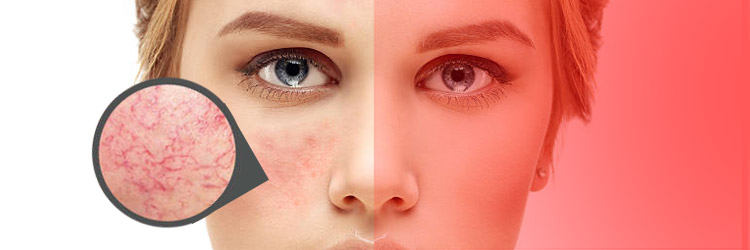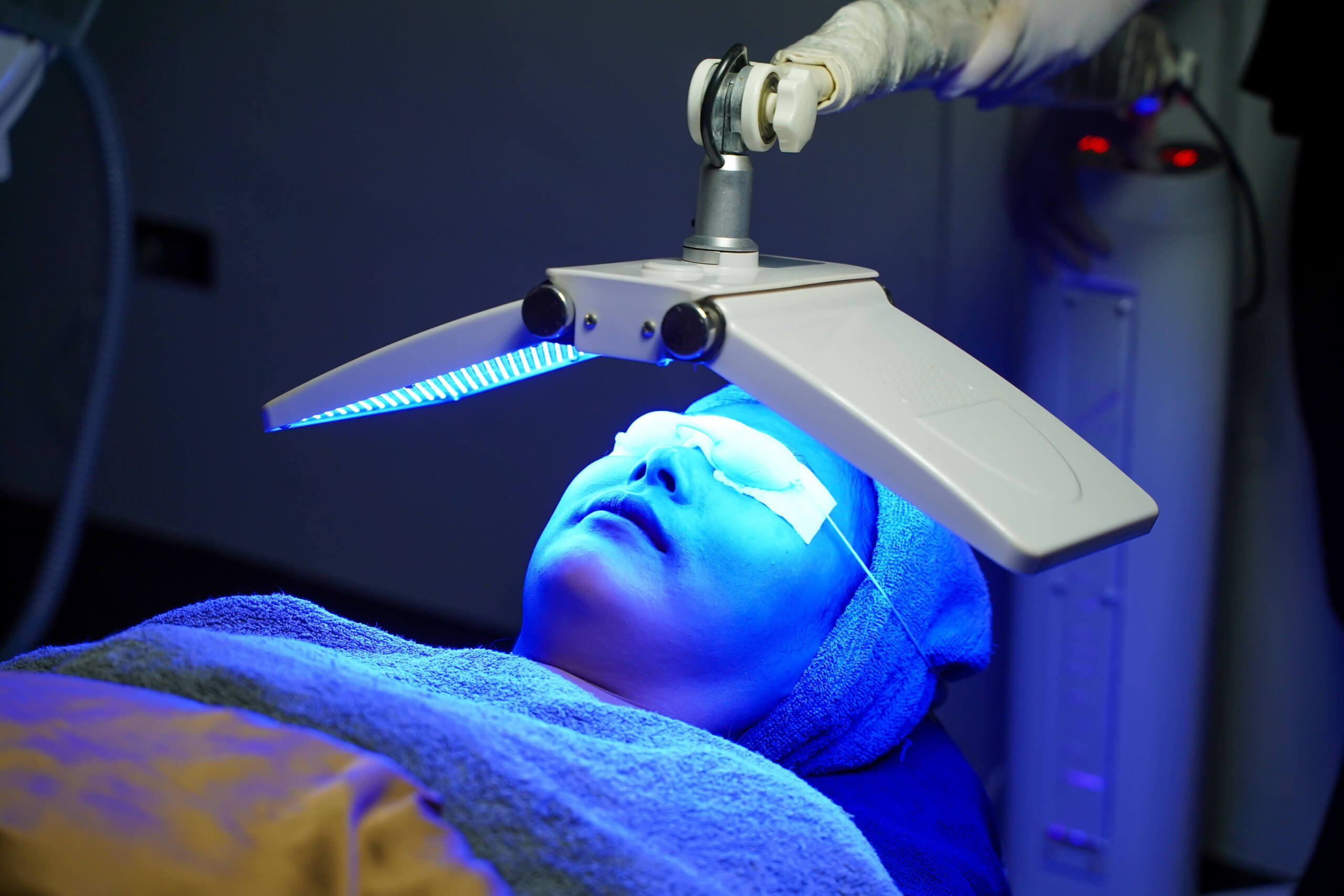Using the Possible: Photobiomodulation's Duty in Cells Regrowth
Wiki Article
Unlocking the Prospective of Photobiomodulation: A Promising Strategy for Therapeutic Intervention
Are you curious about the potential of photobiomodulation for therapeutic treatment? Think of a circumstance where an individual dealing with persistent discomfort locates relief with a non-invasive treatment that makes use of light. This is specifically what photobiomodulation offers. It is an appealing technique that uses the power of light to stimulate recovery and minimize swelling in numerous clinical conditions. By targeting specific cellular processes, photobiomodulation has shown prospective in speeding up injury healing, minimizing pain, and advertising tissue regeneration. In this introduction, we will explore the mechanisms of activity, applications in medicine, and the current evidence sustaining the efficiency of photobiomodulation. Additionally, we will certainly review future instructions and possible challenges in unlocking its complete possibility as a healing treatment.Recognizing Photobiomodulation
To comprehend photobiomodulation, you need to comprehend the concept of just how light treatment can directly influence cellular processes in your body. Photobiomodulation, additionally understood as low-level light treatment, is a non-invasive treatment that makes use of particular wavelengths of light to promote biochemical responses in your cells.The restorative results of photobiomodulation are significant and have actually been studied thoroughly in numerous medical areas. It has actually revealed encouraging cause advertising tissue repair service and regrowth, reducing swelling, soothing pain, and improving injury recovery. Photobiomodulation has been discovered to have a favorable effect on neurological problems, such as stressful brain injury and stroke, by stimulating neural activity and promoting neuroplasticity.
Unlike various other treatments, photobiomodulation does not trigger or create any kind of warm cells damage. It is essential to note that photobiomodulation ought to be administered by skilled professionals or according to the supplier's guidelines to guarantee ideal outcomes and safety and security.

Devices of Activity
In comprehending the mechanisms of activity, you will uncover just how photobiomodulation directly affects cellular procedures with specific biochemical responses. When light is related to the body, it is taken in by chromophores, such as cytochrome c oxidase and flavins, which are existing in the mitochondria. This absorption causes a cascade of occasions that ultimately cause cellular adjustments.Photobiomodulation increases the task of cytochrome c oxidase, an essential enzyme in the mitochondria that is included in the electron transport chain. As an outcome, mobile metabolic process is boosted, advertising tissue repair service and regrowth.
Furthermore, photobiomodulation has been revealed to regulate cellular signaling pathways. It triggers numerous development elements and signifying particles, such as nitric oxide and reactive oxygen species, which play essential duties in procedures like inflammation, angiogenesis, and cell proliferation. These signaling pathways add to the restorative results of photobiomodulation, advertising cells healing and decreasing discomfort and swelling.
Applications in Medication
Explore the wide-ranging applications of photobiomodulation in medicine. Photobiomodulation, also called low-level light therapy, is a non-invasive treatment that uses light to promote and stimulate mobile procedures healing. In medicine, this method has shown appealing results across different fields.One of the primary applications of photobiomodulation is in discomfort management. photobiomodulation. It has been made use of to alleviate both persistent and severe discomfort, consisting of bone and joint conditions, neuropathic pain, and post-operative discomfort. By targeting the damaged location with certain wavelengths of light, photobiomodulation can minimize inflammation, promote tissue repair, and provide alleviation
In addition, photobiomodulation has actually shown potential in injury recovery. It can speed up the healing process by improving cell expansion, promoting angiogenesis, and decreasing scar cells formation. This has significant ramifications in the treatment of chronic injuries, such as diabetic person abscess and stress sores.
In dermatology, photobiomodulation has been utilized for its anti-inflammatory and regenerative results. It can enhance the appearance of marks, minimize acne lesions, and boost hair growth in conditions like androgenetic alopecia.
In addition, photobiomodulation has actually shown assurance in neurorehabilitation. It can improve cognitive function, boost motor recovery, and help in the treatment of neurodegenerative conditions like Alzheimer's and Parkinson's.
Medical Proof and Research Study Findings

In the field of bone and joint problems, photobiomodulation has been discovered to reduce pain and swelling, boost series of movement, and increase tissue repair service. Studies have actually demonstrated its effectiveness in treating problems such as osteo arthritis, tendinopathies, and muscle mass pressures. Additionally, photobiomodulation has actually revealed favorable results on injury healing by advertising collagen synthesis, angiogenesis, and fibroblast expansion. This makes it a beneficial device in the monitoring of persistent wounds, diabetic ulcers, and surgical cuts.
In addition, study has actually revealed that photobiomodulation can have neuroprotective and neuroregenerative impacts. It has been found to improve cognitive feature, minimize neuroinflammation, and boost neuronal survival and synaptic plasticity. This has vital effects for the therapy of neurological conditions such as Alzheimer's disease, Parkinson's disease, and stroke.
Future Instructions and Prospective Difficulties
Moving forward, it is essential to take into consideration the future instructions and prospective challenges surrounding the usage pbm light therapy of photobiomodulation as a healing treatment. Currently, there is no agreement on the ideal wavelength, strength, duration, and regularity of photobiomodulation treatment.One more important future direction is the development of cost-effective and portable photobiomodulation gadgets. While current gadgets work, they are commonly bulky, costly, and call for expert guidance - photobiomodulation. The advancement of straightforward and cost effective devices would considerably boost accessibility to this therapy, permitting even more individuals to benefit from its prospective healing results
Additionally, future research study must concentrate on elucidating the devices underlying photobiomodulation. Regardless of its growing popularity, the precise devices through which photobiomodulation applies its therapeutic effects are not fully comprehended. Comprehending these systems would certainly not just boost our expertise of the treatment but also aid in the development of more targeted and effective interventions.
However, there are also potential challenges that need to be resolved. photobiomodulation laser. These include the need for standard methods, the need for properly designed scientific tests with larger sample sizes, and the demand for lasting follow-up researches. In addition, regulative and security considerations should be taken into account to guarantee the reliable and risk-free use photobiomodulation in medical practice.
Conclusion
In verdict, photobiomodulation holds great guarantee as a healing treatment in medication. With ongoing research studies and improvements in this area, photobiomodulation has the potential to unlock new possibilities for enhancing individual end results.Are you interested about the potential of photobiomodulation for therapeutic intervention? By targeting specific mobile procedures, photobiomodulation has actually revealed potential in accelerating wound healing, decreasing pain, and promoting tissue regeneration.Furthermore, photobiomodulation has shown prospective in wound recovery.Relocating onward, it is important to consider the future directions and potential challenges bordering the usage of photobiomodulation as a healing treatment. With continuous research studies and improvements in this field, photobiomodulation has the potential to open brand-new opportunities for enhancing client outcomes.
Report this wiki page